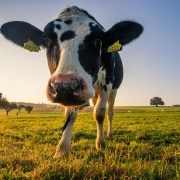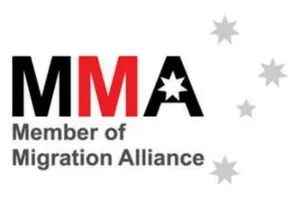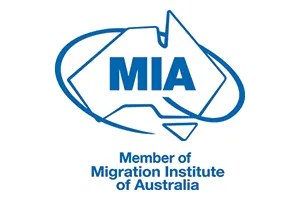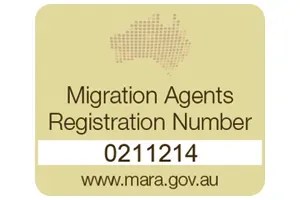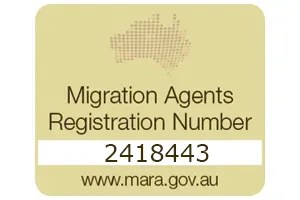Update on South Australia DAMA’s
Exciting news as South Australia expands their DAMA’s to include more occupations. Read the latest update on South Australia DAMA’s.
Update on South Australia DAMA’s

Yankalilla SA, Australia
The Designated Area Migration Agreements (DAMAs) in South Australia – SA Regional DAMA and Adelaide City DAMA – have undergone updates and expansions. The SA Regional DAMA now includes 128 additional occupations in various sectors such as construction and trades, agribusiness, ICT, health, education, and renewable energy.
Both DAMAs have been extended until 30 June 2025, with the SA Regional DAMA now offering a higher annual nomination ceiling, increasing from 750 to 2000 nomination places per year.
Furthermore, the pathway to permanent residency remains available for all visa holders under both DAMAs.
South Australia has also maintained certain concessions, including the age concession up to 55 years, a 10% reduction to the Temporary Skilled Migration Income Threshold (TSMIT), as well as concessions for English language proficiency and work experience.
It is important to note that the occupations of Grape Grower (121215), Actors, Dancers, and other Entertainers (211999), and Dancer or Choreographer (211112) have been removed from the DAMAs.
Check the full list of eligible occupation on the South Australia website.
What is a Designated Area Migration Agreement?
Designated Area Migration Agreements (DAMAs) enables some Australian regions to establish their own conditions for skilled migration. These agreements are customised to cater to the distinctive economic and demographic requirements of specific areas, which may not necessarily align with the broader national immigration policies.
Regions that are part of the DAMA can sponsor skilled workers for positions that are locally in demand, which may not be covered by the general skilled migration program. This can encompass occupations that are crucial for regional growth but do not meet the

South Australian DAMA’s include agribusiness occupations.
criteria of other visa schemes.
Typically, DAMAs are created by negotiations between the Australian Government, state or territory authorities, and local stakeholders such as councils, industry associations, and employers. The terms of each DAMA may differ depending on the specific needs and circumstances of each participating region.
Essentially, DAMAs are designed to bolster regional economic development, address skilled labour shortages, and promote population growth in designated areas of Australia. They offer a pathway for skilled migrants to contribute to the advancement of regional communities while also pursuing their own professional goals.


